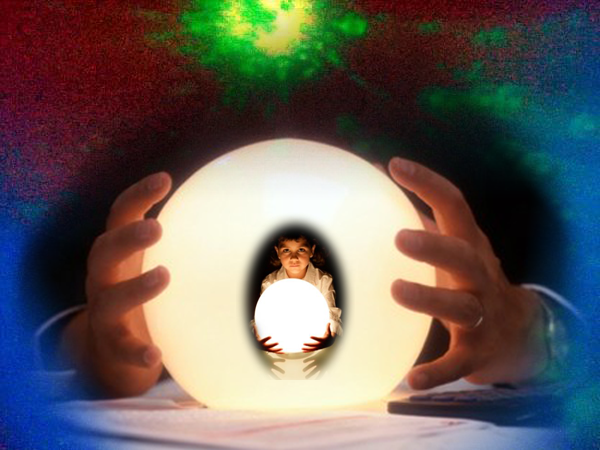The last version - object

The object contains the web camera and senses a person's electromagnetic force.
Arduino senses the strength of a participant's Qi depending on how much area attached the aluminum foil.
The Meditation Chamber Experience
The Meditation Chamber, SIGGRAPH2001
by Diane Gromala
Images and sound blend to relax the user.
The meditation chamber is narrated by a calm, almost monotonic female voice as quiet symphonic music plays in the background during the introduction. Nature sounds later dominate the audio experience. The session begins with a simple relaxed breathing exercise.
"Imagine that you are looking at the sun just before sunset. As you relax, the sun will drift lower and lower in the sky. Breathe deeply, and flush your mind of worldly concerns. As your relaxation deepens, the sun will slip beneath the horizon, plunging you into the peaceful night."
+
You are sitting in a darken room wearing a VR headset. In this virtual Meditation Chamber, a voice in your headphones takes you through a series of relaxation exercises. You are asked to tense and then release the tension in various music groups in turn: first your legs, then your arms, shoulder, and neck. When you look down, you see a three-dimensional graphic representation of your body performing the tensing exercises as the voice describes them. You work to bring your physical body into synchronization with the interactive model.
The meditation Chamber shows how virtual reality can explore the relation ship between the physical and the psychological or the present and the past. When virtual reality entered the popular imagination in the 1980s, enthusiasts and critics represented it too as a technology to escape from our embodied world. Computer graphics would eventually be able to create images indistinguishable from the physical world, and designers would be free to create worlds limited "only by their imagination."
+
You are sitting in a darken room wearing a VR headset. In this virtual Meditation Chamber, a voice in your headphones takes you through a series of relaxation exercises. You are asked to tense and then release the tension in various music groups in turn: first your legs, then your arms, shoulder, and neck. When you look down, you see a three-dimensional graphic representation of your body performing the tensing exercises as the voice describes them. You work to bring your physical body into synchronization with the interactive model.
The meditation Chamber shows how virtual reality can explore the relation ship between the physical and the psychological or the present and the past. When virtual reality entered the popular imagination in the 1980s, enthusiasts and critics represented it too as a technology to escape from our embodied world. Computer graphics would eventually be able to create images indistinguishable from the physical world, and designers would be free to create worlds limited "only by their imagination."
Jay David Bolter and Diane Gromala, Windows and Mirrors: Interaction Design, Digital Art, and the Myth of Transparency (Cambridge, Mass. : MIT Press, 2003), 124 .


T-Garden
by Maja Kuzmanovic
T-Garden is a responsive environment where visitors can put on sound, dance with images and play with media together in a tangible way, constructing musical and visual worlds 'on the fly'. The performance dissolves the lines between performer and spectator by creating a social, computational and media architecture that allows the visitor-players to sculpt and shape the overall environment.
All media (clothing, image, sound) in the T-Garden environment follow one central theme: transmutation. Within this theme, the media will explore the connections between different mutating systems, such as alchemy, ecology, memory, archaeology and recognition. Melodic and rhythmic flows and cycles, morphs, transformations and pliability are some of the characteristics of media that will be explored and developed. Aural and visual density can be influenced and guided depending on the play of visitors. The entire space should appear experientially as if it was shapeable and responsive in a fluid and choreographic manner-where the visitors ' own bodies can meld inside an alchemical landscape and, like the principal goal of alchemy itself, result in a transformation not only of the media but the visitors themselves.+
T-Garden is about the interaction of the physical and the virtual, of the virtual computational objects that manifest themselves in sound and video with the presence of the participants. ... What matters in T-Garden is the experience that participants make for themselves within the space bounded by the walls.
T-Garden is an experiment in experience design, showing how digital design can be physical and embodied. It is also an experiment in gesture recognition, as the system senses and responds to the visitor's motions. The point here is not to make the interface disappear, but rather to insist on the tangible nature of the interface.
Jay David Bolter and Diane Gromala, Windows and Mirrors: Interaction Design, Digital Art, and the Myth of Transparency (Cambridge, Mass. : MIT Press, 2003), 116-117 .
Subscribe to:
Posts (Atom)










